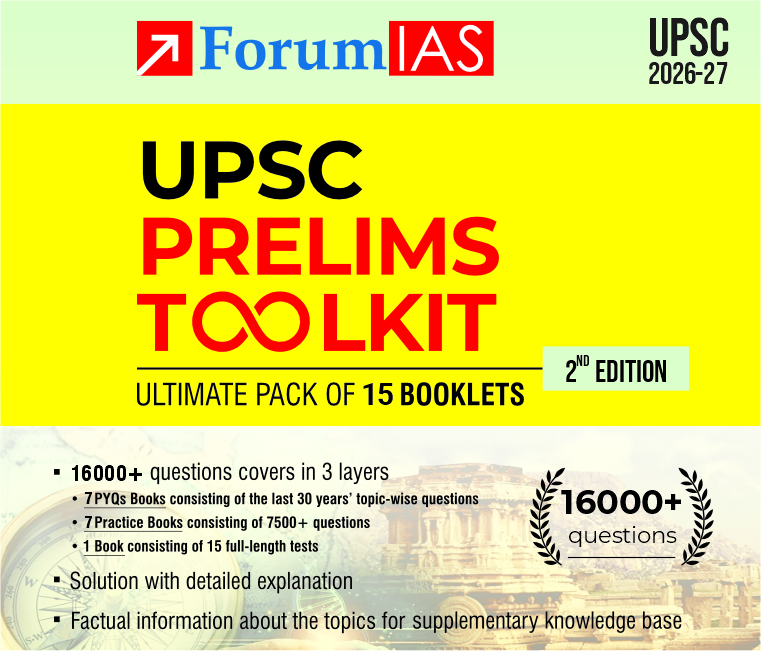Good Morning Friends,
We are Posting Today’s Prelims Marathon
About Prelims Marathon – In this initiative, we post 10 high-quality MCQs daily. Questions are based on the static part of the syllabus. We at ForumIAS believe that practicing these quality questions on a daily basis can boost students’ prelims preparation.
For the weekly time table and archives click HERE
[WpProQuiz 1685]







5/10
RESULTS
6 of 10 questions answered correctly
Your time: 00:04:42
Daily Quiz: August 9, 2020
RESULTS
3 of 10 questions answered correctly
Your time: 00:07:47
You have reached 3 of 10 scores, (30%)
Average score 33.57%
Your score 30%
RESULTS
6 of 10 questions answered correctly
Your time: 00:06:19
You have reached 6 of 10 scores, (60%)?
will u be able to peer review by gs anwser wrting? want someone
5 of 10 questions answered correctly
Your time: 00:03:50
4 of 10 questions answered correctly
Your time: 00:04:06
7/10
RESULTS
3 of 10 questions answered correctly
Your time: 00:07:59
RESULTS
5 of 10 questions answered correctly
Your time: 00:06:31
You have reached 5 of 10 scores, (50%)
5/10
7/10
5/7
7/9
4 of 10 questions answered correctly
Your time: 00:03:20
6/10
RESULTS
3 of 10 questions answered correctly
Your time: 00:04:35
Need map revision ?
Q 8, in place of Myanmar it should be naypydaw
3/7
3 of 10 questions answered correctly
Your time: 00:01:09
You have reached 3 of 10 scores, (30%)
☹️
5RESULTS
7 of 10 questions answered correctly
Your time: 00:05:14
You have reached 7 of 10 scores, (70%)
Answer of 1 should be Mahi river.
6/10?
RESULTS
10 of 10 questions answered correctly
Your time: 00:06:02
You have reached 10 of 10 scores, (100%)
?
Thank you forum IAS… ?
8/10
Map of India in question 6 is not right!
5/9..